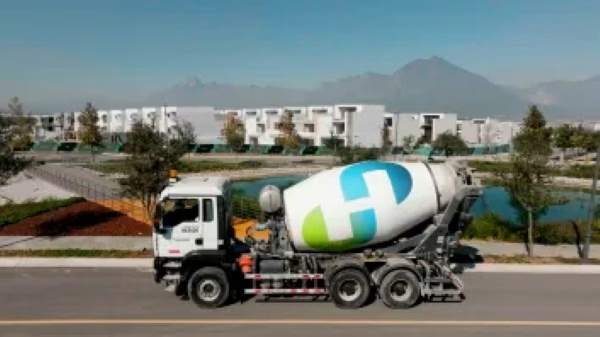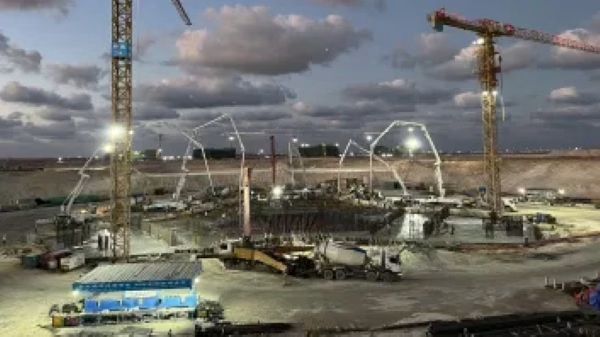Holcim has been awarded a grant from the European Union (EU) Innovation Fund for its Carbon Hub CPT 01 project in Campulung, Romania. The plant in Romania is Eastern Europe’s first full-scale onshore carbon-capture and storage (CCS) initiative in the cement sector and aims to produce around 2 million tons of near-zero cement annually from 2032.
Project Overview
The Carbon Hub CPT 01 project will install carbon-capture technology at the Holcim Campulung cement plant. It will capture CO2 emissions, compress it and transporting it for permanent underground storage. The captured CO2 will thus enable the plant to produce near-zero cement at scale, with target of around 2 million tons per annum from 2032. The grant from the EU Innovation Fund to Holcim also allows the company to count eight large-scale EU-backed CCS projects in its decarbonization portfolio.
Carbon Hub CPT 01 Project Factsheet
Location: Campulung, Romania
Developer/Owner: Holcim Ltd
Technology: Onshore carbon-capture and storage (CCS) integrated into cement production.
Annual Output Target: 2 million tons of near-zero cement.
Grant: EU Innovation Fund
Industry Milestone: Eastern Europe’s first full-scale onshore CCS project in the cement sector.
Status: Grant awarded. Development planning underway.

Key EU-Holcim CCS Project Grants
July 2023: Holcim confirms multiple EU grants for CCUS projects in Belgium, France and Croatia.
October 2024: Holcim announced other EU Innovation Fund award for a CCUS project in France.
November 2025: Holcim’s Campulung project in Romania selected by EU Innovation Fund for near-zero cement production.
Holcim’s Near-Zero Cement Plant in Romania as Eastern Europe’s First
The cement industry is among the most emissions-intensive manufacturing sectors. Europe’s Green Deal continues to mount pressure on cement producers to decarbonize through initiatives like Romania’s CCS. Other alternatives include materials-change and circular concepts.
The Romania near-zero cement plant project also aligns with Holcim’s NextGen Growth 2030 strategy. The Campulung site also offers favorable geology for CO2 storage, a skilled industrial base and supportive policy environment. These make it a rather good choice for deploying advanced low-carbon cement technology in Eastern Europe.
Outlook on the Near-Zero Cement Plant in Romania
Once operational, the plant is expected to serve as a benchmark for decarbonized cement manufacturing in Eastern Europe. For Romania, the development is also expected to create local jobs, allow for technology transfer, and progress its circular economy and renewables agenda. The country is also advancing its renewables sector with some of the latest developments featuring solar farm expansion with long-term partner, Shanghai Electric on the Parau Phase II solar PV project.

